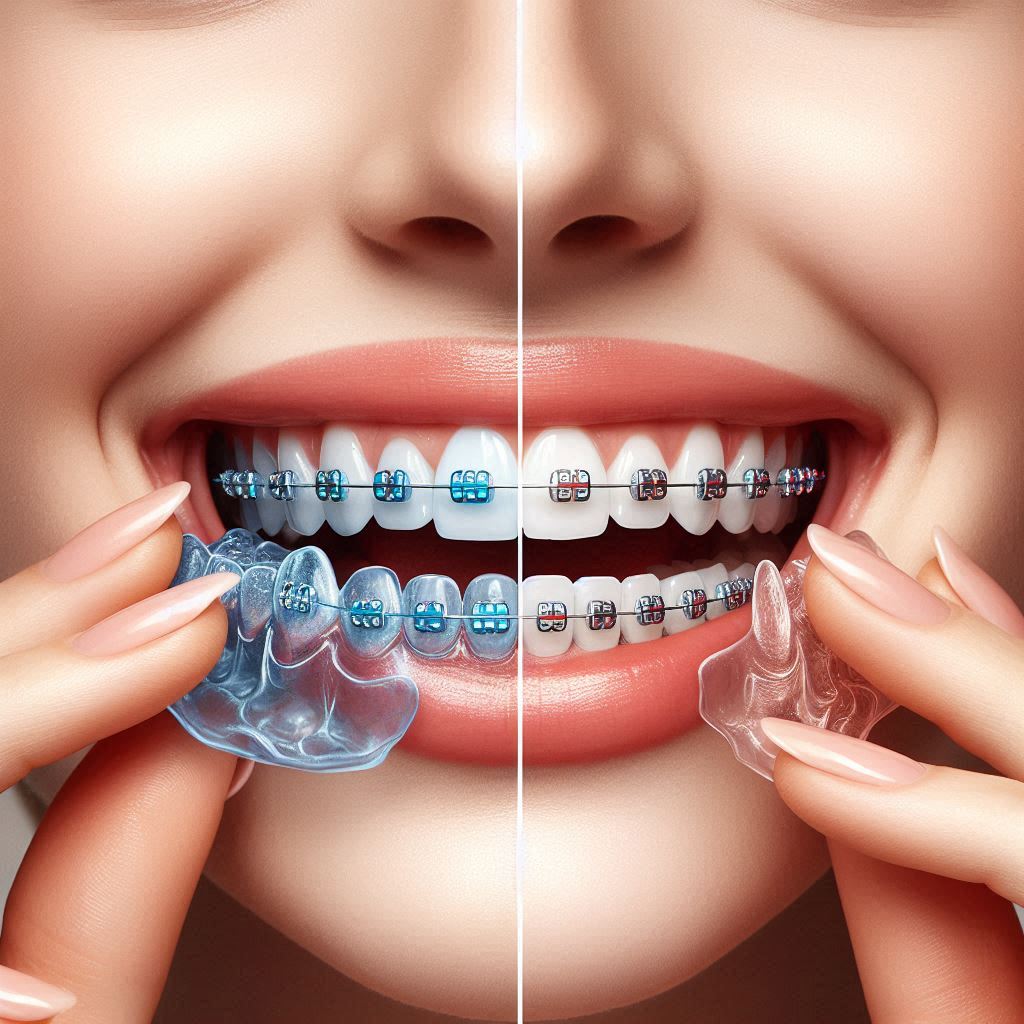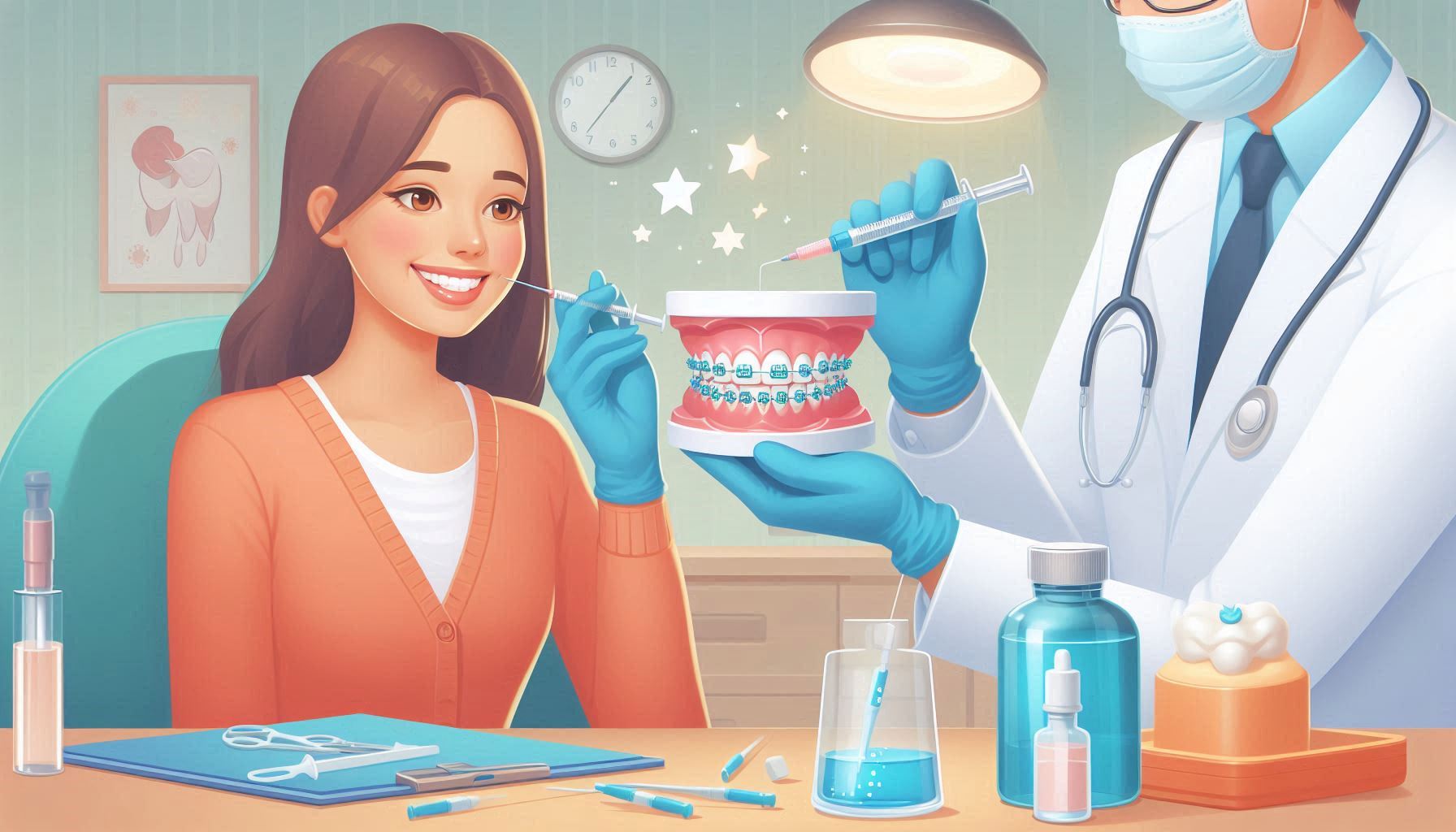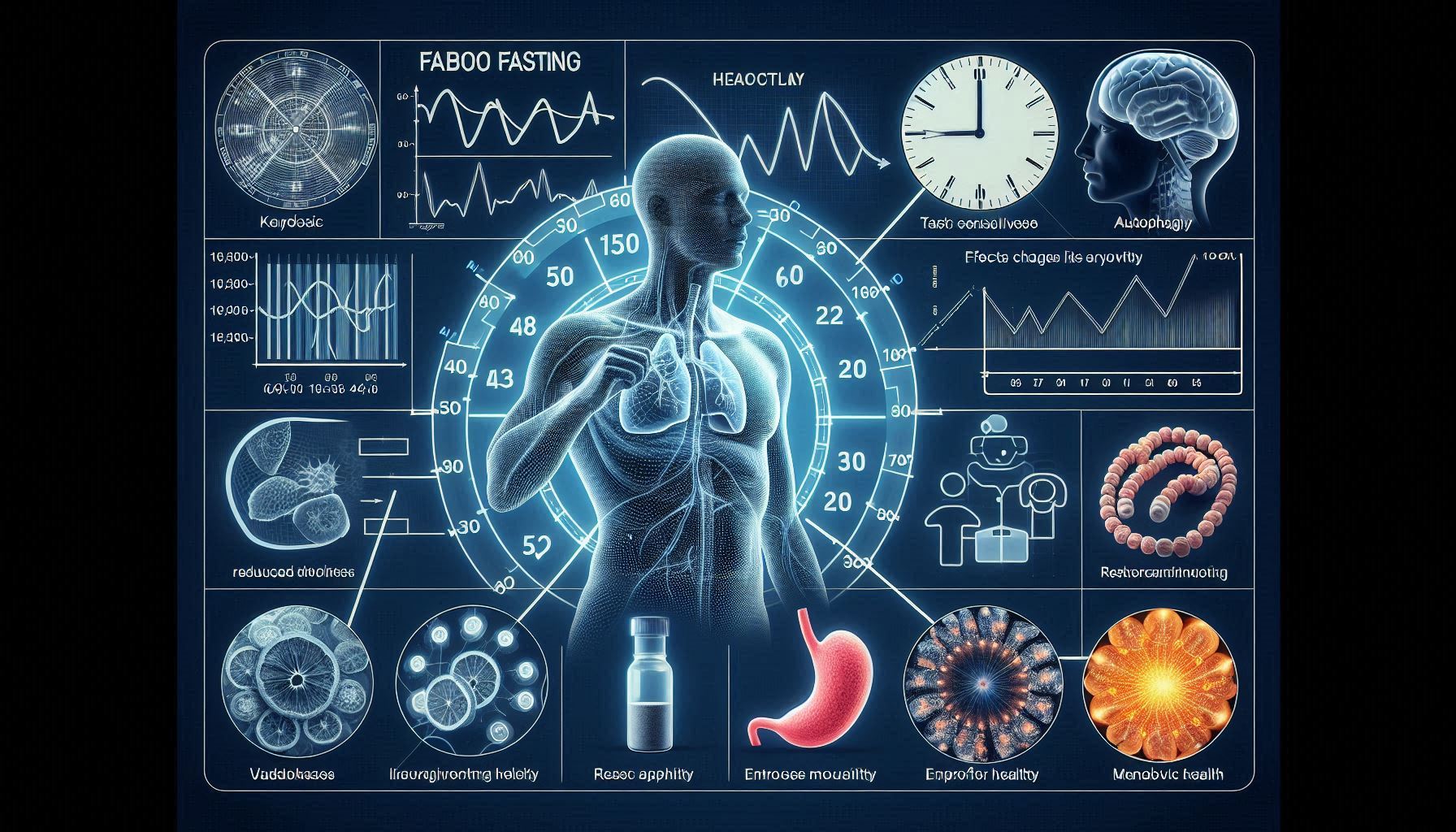Introduction
Orthodontic treatment has come a long way, and today, individuals have more options than ever to achieve straighter teeth and a healthier smile. Among the most popular options are Invisalign clear aligners and traditional metal braces. Both are effective, but they each come with distinct advantages, considerations, and suitability depending on the individual’s dental needs and preferences. Choosing between these two treatments requires understanding how they work, their benefits, and their limitations. This article will delve into the details of both Invisalign and traditional braces, comparing them to help you make an informed decision about which treatment is right for you.
Understanding Invisalign
Invisalign is a modern orthodontic treatment that uses clear, removable aligners to straighten teeth. These aligners are custom-made to fit your teeth and are designed to apply gentle, consistent pressure on specific areas of your teeth to gradually shift them into the correct position.
How Invisalign Works
Invisalign aligners are made of a flexible plastic material that is designed to be nearly invisible when worn. The treatment process begins with a consultation with an orthodontist who will take X-rays, impressions, and digital scans of your teeth. These images are used to create a 3D model of your mouth, which is then used to design a series of aligners that will gradually move your teeth into alignment.
Each set of aligners is worn for approximately two weeks, after which the next set in the series is used. The aligners must be worn for at least 20-22 hours per day, only being removed for eating, drinking, brushing, and flossing.
Benefits of Invisalign
- Aesthetic Appeal: One of the most obvious advantages of Invisalign is its clear, discreet design. Many people prefer Invisalign because the aligners are virtually invisible, making them ideal for individuals who want to straighten their teeth without drawing attention to the fact that they are undergoing orthodontic treatment.
- Comfort: Invisalign aligners are made of smooth plastic, which means there are fewer chances of irritation to the gums and cheeks compared to traditional braces, which use metal brackets and wires.
- Convenience: Since the aligners are removable, users can eat whatever they want without worrying about food getting stuck in their braces. Additionally, brushing and flossing are much easier since the aligners can be removed.
- Fewer Appointments: Invisalign typically requires fewer office visits for adjustments, as patients simply receive a new set of aligners every few weeks. Traditional braces require monthly visits to tighten wires and make adjustments.
Limitations of Invisalign
- Discipline and Compliance: The success of Invisalign treatment relies heavily on patient compliance. Since the aligners are removable, patients need to ensure they wear them for the recommended 20-22 hours each day. Failing to do so can result in delayed treatment or suboptimal results.
- Complex Cases: While Invisalign is effective for many people, it may not be suitable for individuals with more severe orthodontic issues, such as significant bite problems or extreme tooth movement. In such cases, traditional braces may be more effective.
- Cost: Invisalign treatment tends to be more expensive than traditional braces, though the exact cost depends on the severity of the case and the length of treatment.
Understanding Traditional Braces
Traditional braces, also known as metal braces, are the most widely used orthodontic treatment. Braces consist of metal brackets that are attached to the teeth and connected by a wire. The wire applies constant pressure to the teeth, gradually shifting them into the correct position.
How Traditional Braces Work
Traditional braces use brackets that are bonded to the surface of each tooth. A thin, flexible wire connects the brackets, and rubber bands or small elastics may be used to apply additional pressure in certain areas. Over time, the wire is tightened to gradually move the teeth into the desired position.
Patients with braces must visit their orthodontist every 4-6 weeks for adjustments, during which the wire is tightened or replaced to continue the alignment process.
Benefits of Traditional Braces
- Effective for Complex Cases: Traditional braces are often the go-to option for individuals with more complex orthodontic needs, such as severe bite issues, large gaps, or misaligned teeth. Braces can provide more control over tooth movement and can correct problems that may be too complicated for Invisalign to handle.
- Comprehensive Treatment: Braces can be used to treat a wide range of orthodontic issues, including crooked teeth, overbites, underbites, crossbites, and overcrowded teeth.
- No Need for Compliance: Unlike Invisalign, where the patient’s compliance is critical to success, traditional braces are fixed, meaning there is no risk of forgetting to wear the aligners. The treatment progress is not dependent on the patient’s action.
Limitations of Traditional Braces
- Appearance: One of the most significant downsides of traditional braces is their visibility. The metal brackets and wires are often noticeable, which can make some people self-conscious about their appearance, especially teenagers or adults who are concerned with aesthetics.
- Discomfort and Irritation: Braces can cause discomfort, particularly after adjustments when the wires are tightened. The metal brackets can also irritate the inner cheeks and gums, causing sores.
- Dietary Restrictions: People with braces must avoid certain foods, such as sticky candies, nuts, popcorn, and hard foods, which can damage the braces or get stuck between the brackets.
- Oral Hygiene Challenges: Braces can make it more difficult to clean your teeth effectively, leading to a higher risk of plaque buildup, cavities, and gum disease if proper oral hygiene is not maintained.
Comparing Invisalign and Traditional Braces
Aesthetic Considerations
- Invisalign: The clear aligners are nearly invisible, making them an excellent choice for those who are concerned about the aesthetic impact of orthodontic treatment. They are particularly popular among adults and teenagers who want a discreet option.
- Traditional Braces: Metal braces are highly visible, and while some people may embrace the look, others may feel self-conscious about wearing them, especially in social or professional settings. However, colored elastics can be used to customize the appearance of metal braces.
Comfort
- Invisalign: The smooth plastic material of Invisalign aligners is generally more comfortable and causes less irritation to the gums and cheeks. However, some people may experience mild discomfort when switching to a new set of aligners.
- Traditional Braces: Braces are more likely to cause discomfort and irritation to the inside of the mouth, particularly in the first few weeks after getting them. The metal brackets and wires can also cause sores and require regular adjustments.
Convenience
- Invisalign: The ability to remove the aligners is a significant advantage. It makes eating, drinking, brushing, and flossing easier, as patients don’t have to worry about food getting stuck in brackets or wires.
- Traditional Braces: Since braces are fixed, there are no removals involved, meaning patients don’t need to worry about remembering to put them back in. However, eating and cleaning teeth can be more challenging due to the brackets and wires.
Treatment Duration
- Invisalign: Treatment time with Invisalign can range from 12 months to 24 months, depending on the complexity of the case. Generally, Invisalign treatment can take a bit longer if the case is more complicated.
- Traditional Braces: Braces treatment typically lasts from 18 months to 36 months, depending on the severity of the misalignment. More complex cases might require a longer treatment time.
Maintenance and Adjustments
- Invisalign: Invisalign requires fewer orthodontist visits since the aligners are replaced every two weeks. However, regular check-ups are still necessary to monitor progress and receive new aligners.
- Traditional Braces: Braces require more frequent visits to the orthodontist, typically every 4-6 weeks, for adjustments, tightening of wires, and the addition of elastics or other accessories.
Which Option is Right for You?
Choosing between Invisalign and traditional braces depends on various factors, including the severity of your orthodontic issues, your budget, your lifestyle, and your aesthetic preferences. Here are some guidelines to help you decide which option might be best for you:
- Mild to Moderate Dental Issues: If you have relatively mild misalignment, spacing issues, or minor bite problems, Invisalign may be a good choice. It offers a discreet, comfortable, and convenient way to straighten your teeth without the appearance of traditional braces.
- Severe or Complex Cases: If your orthodontic issues are more severe, such as significant bite problems, crowded teeth, or large gaps, traditional braces may be the better option. They offer more control over tooth movement and are highly effective for complex cases.
- Aesthetic Preferences: If you are concerned about the appearance of braces, Invisalign is an ideal choice as it is virtually invisible. However, some people find metal braces more manageable in terms of maintaining treatment consistency since they are fixed and cannot be removed.
- Lifestyle and Compliance: If you think you may have trouble remembering to wear removable aligners for 20-22 hours a day, traditional braces might be a better choice for you, as they are fixed and cannot be taken off.
Cost Comparison: Invisalign vs. Traditional Braces
Cost is one of the most important factors when considering orthodontic treatment. While the cost of Invisalign and traditional braces can vary depending on the complexity of the case and where you live, there are some general differences between the two that you should keep in mind.
The Cost of Invisalign
Invisalign is generally considered more expensive than traditional braces. This is due to the advanced technology used in the creation of the clear aligners, as well as the more customized approach that Invisalign treatment requires. In addition, since each set of aligners is custom-designed and requires periodic updates throughout the treatment process, the cost of Invisalign can add up over time. The overall price for Invisalign typically ranges from $3,000 to $7,000, depending on the length of treatment, severity of the case, and location.
However, many orthodontic offices offer payment plans to make treatment more affordable. Additionally, Invisalign may be covered by some dental insurance plans, although coverage may be less than what is available for traditional braces.
The Cost of Traditional Braces
Traditional braces are typically more affordable than Invisalign. The cost of traditional braces generally falls within the range of $2,500 to $6,000. The price can vary depending on factors such as the duration of treatment, the complexity of the case, and the location of the orthodontist.
Since traditional braces have been in use for decades, many dental insurance plans provide greater coverage for metal braces compared to Invisalign. Some insurance plans may even cover a significant portion of the cost, making traditional braces a more accessible option for many patients.
Which Option Offers Better Value?
While traditional braces tend to have a lower upfront cost, Invisalign may offer better long-term value for individuals seeking a more discreet, comfortable, and flexible orthodontic treatment. However, if you have more severe or complex dental issues, traditional braces may be the better option, as they can provide more precise control over tooth movement and offer a higher level of predictability.
Additionally, the decision on which option offers the best value often comes down to the type of results you’re looking for and the trade-off between aesthetics and functionality. Invisalign may be worth the extra cost if you value discretion, comfort, and flexibility in your treatment plan, while traditional braces may be ideal for individuals looking for a more budget-friendly option for straightforward cases.
Treatment Duration: How Long Do Braces and Invisalign Take?
Both Invisalign and traditional braces have varying treatment durations, which largely depend on the severity of the orthodontic issues being addressed. Let’s take a closer look at the typical timeframes for each option.
Duration of Invisalign Treatment
One of the major selling points of Invisalign is that it tends to offer quicker results than traditional braces in many cases. Invisalign treatments usually last between 12 to 18 months, with some patients experiencing faster results, while others may require up to 24 months, depending on the complexity of the treatment.
For patients with mild to moderate dental misalignments, Invisalign may help achieve results within 12 months, while more severe cases, such as major bite problems, might take a longer duration. Since Invisalign uses a series of aligners that progressively move teeth into position, the treatment time can be more predictable and may be shorter compared to traditional braces for those with simpler orthodontic needs.
Duration of Traditional Braces Treatment
Traditional braces generally require a longer treatment time than Invisalign. The typical treatment period for braces can range anywhere from 18 months to 3 years, depending on the severity of the case. For those with more complex dental misalignments, including significant bite issues, crowded teeth, or extreme tooth rotation, braces may take longer to deliver the desired results.
While the treatment time for traditional braces is typically longer, it’s important to note that braces offer greater control over tooth movement, which can be an advantage when treating more complicated orthodontic problems.
Accelerating Treatment: Are There Ways to Speed Up the Process?
Both Invisalign and traditional braces can benefit from certain methods aimed at accelerating treatment. Some options include:
- For Invisalign: Invisalign offers a feature called “Accelerated Invisalign,” where certain tools or devices, like Propel or AcceleDent, are used to stimulate bone movement, which can shorten the treatment timeline. Additionally, Invisalign has introduced “SmartTrack” material, which helps aligners fit better and move teeth more effectively.
- For Traditional Braces: Braces may benefit from techniques like faster wire adjustments or certain appliances, such as palatal expanders, which can help speed up treatment. Certain technologies, like self-ligating braces (braces that don’t require elastic bands), can also reduce the need for frequent adjustments, potentially shortening the overall treatment time.
Lifestyle Considerations: Which Treatment Fits Your Daily Routine?
The type of orthodontic treatment you choose should align with your lifestyle and daily routine. Both Invisalign and traditional braces come with their own set of lifestyle considerations, and understanding how each treatment may impact your life will help you make an informed choice.
Impact of Invisalign on Your Lifestyle
Invisalign’s main advantage when it comes to lifestyle is its removability. Since the aligners can be taken out, this gives patients the flexibility to continue eating, drinking, and engaging in activities without any restrictions. For individuals who enjoy certain foods, such as popcorn, apples, or sticky candies, Invisalign allows them to eat freely without worrying about damaging their braces or getting food stuck.
Invisalign also allows for easier oral hygiene. Brushing and flossing your teeth is much simpler since you can remove the aligners to clean your teeth as usual. This can contribute to better oral health throughout the course of treatment.
However, Invisalign treatment does require a high level of discipline. Patients must wear their aligners for at least 20 to 22 hours each day, and failing to do so can delay progress. This may require individuals to be more conscious of their daily habits and commitment to following the prescribed treatment plan.
Impact of Traditional Braces on Your Lifestyle
Traditional braces, while effective, may require more lifestyle adjustments. For example, patients with braces must avoid certain foods that could damage the brackets or wires, such as hard or sticky candies, nuts, and ice. There are also more cleaning challenges to consider since food can easily become stuck between the brackets and wires, making it essential to brush and floss carefully after every meal.
Braces can also be uncomfortable, especially after adjustments, and patients may experience sore gums or irritation from the metal brackets. Additionally, certain activities, such as contact sports, may require special precautions, like wearing a mouthguard, to prevent damage to the braces or injury to the mouth.
While traditional braces are fixed in place, which means you don’t have to worry about remembering to wear them, the fixed nature of the treatment may be less convenient for those who are looking for more flexibility in their daily routine.
Maintaining Oral Health During Treatment
Maintaining proper oral hygiene is critical during orthodontic treatment, as both Invisalign and traditional braces can make it more difficult to clean your teeth effectively. Failing to maintain good oral hygiene can lead to tooth decay, gum disease, and other dental issues.
Oral Care with Invisalign
Invisalign aligners can be removed for cleaning, making it easier to maintain good oral hygiene. You can brush and floss your teeth normally, as the aligners don’t interfere with your ability to clean your teeth. However, it’s important to clean the aligners regularly to prevent bacteria buildup, and aligners should be rinsed with lukewarm water to keep them fresh and clear.
Oral Care with Traditional Braces
Brushing and flossing with braces require more effort. Patients must use specialized tools like interdental brushes or floss threaders to clean between the wires and brackets. Regular brushing is essential to avoid plaque buildup around the brackets, which can lead to tooth decay or staining. Many orthodontists recommend using a fluoride mouthwash to help keep teeth healthy and prevent cavities during treatment.
Conclusion:
Choosing between Invisalign and traditional braces is a personal decision that depends on your dental needs, preferences, and lifestyle. Both treatment options are effective for straightening teeth and improving oral health, but they come with different advantages and drawbacks.
Invisalign offers a discreet, comfortable, and flexible treatment option for individuals with mild to moderate dental issues who are committed to wearing the aligners consistently. Traditional braces, on the other hand, are the most effective solution for complex orthodontic problems and can provide reliable results, although they may require more lifestyle adjustments.
By consulting with an experienced orthodontist and discussing your goals, budget, and lifestyle considerations, you can choose the treatment option that best suits your needs, leading you to a healthier, more confident smile.
SOURCES
American Association of Orthodontists. (2021). Invisalign vs. traditional braces. Retrieved from https://www.aaoinfo.org
American Dental Association. (2020). Braces and other orthodontic treatments. Journal of the American Dental Association, 151(10), 792-798.
Bock, N. C., & Joss, M. (2018). The effectiveness of clear aligners versus traditional braces: A systematic review. Journal of Orthodontic Research, 6(3), 56-64.
Choi, T. H., Lee, S. J., & Kwon, O. W. (2017). Comparison of the effectiveness of Invisalign and traditional braces in the treatment of dental malocclusions. International Journal of Orthodontics, 31(2), 141-148.
Evans, C. A., & Kluemper, G. T. (2019). Patient satisfaction with orthodontic treatment: Comparing traditional braces and clear aligners. Journal of Clinical Orthodontics, 53(4), 209-215.
Miyawaki, S., Ozoe, R., & Tominari, T. (2020). A comparative study of treatment duration between clear aligners and traditional braces. Journal of Orthodontics, 47(3), 213-221.
Naitoh, M., Tanaka, E., & Miyoshi, K. (2019). The effectiveness and patient satisfaction of traditional braces and Invisalign clear aligners in the treatment of malocclusion. Orthodontics & Craniofacial Research, 22(4), 277-284.
Wang, X., Li, Z., & Huang, J. (2021). Orthodontic treatment: A comparison of the costs of clear aligners and traditional braces. American Journal of Orthodontics and Dentofacial Orthopedics, 160(5), 693-699.
HISTORY
Current Version
February, 10, 2025
Written By
SUMMIYAH MAHMOOD




